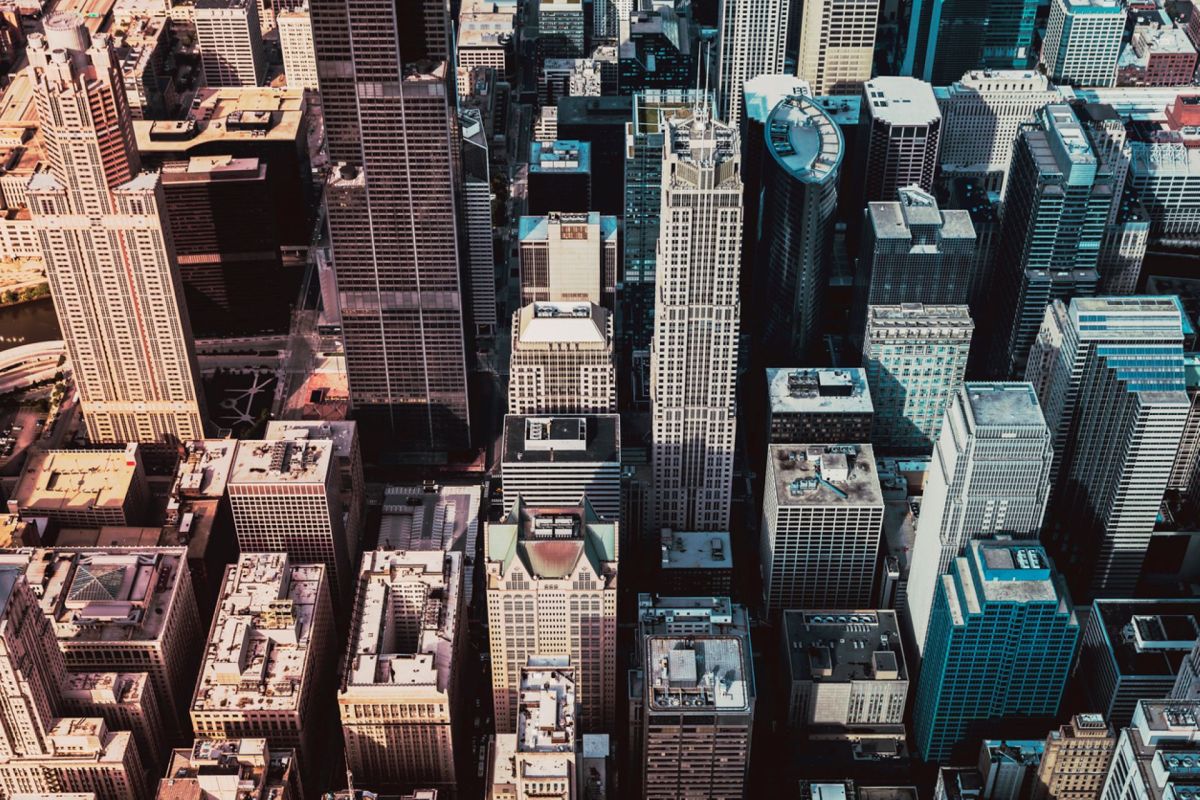Rising temperatures aren't just impacting life above ground. A new study conducted in Chicago revealed that a similar phenomenon is occurring underneath the hustle and bustle of American cities, potentially putting infrastructure at risk.
What's happening?
As reported by CNN, the research revealed that the city of Chicago has subsurface heat islands caused by buildings and urban infrastructure like subways releasing heat into the ground. When subject to these changes in temperature, materials like soil, rocks, and man-made construction materials can shift and crack.
"Deformations caused by underground climate change are relatively small in magnitude, but they continuously develop," said lead study author Alessandro Rotta Loria. "Over time, they can become very significant for the operational performance of civil infrastructure like building foundations, water retaining walls, tunnels and so on."
This is not the first time this phenomenon has been studied. Researchers have been examining the impacts of "underground climate change" for the past 25 years. However, this is the first study connecting subsurface heat islands with civil infrastructure.
Why is the study important?
Loria noted that although subsurface heat islands do not directly create safety issues with buildings and infrastructure collapsing, it is a "silent hazard" that can make buildings prone to distortion, tilting, and damage. He hypothesized the cause of the heat islands to be outdated building techniques that trap heat and shoot it into the ground.
Chicago is not the only city impacted by subsurface heat islands. "The denser the city, the more intense is underground climate change," Loria suggested. This means populous cities like Los Angeles, New York City, and Miami are at risk of a similar fate as Chicago.
What's being done to fix it?
Although this study has revealed the potential consequences of subsurface heat islands, it has also opened up opportunities for research into how that energy can be utilized for geothermal heating and cooling or channeled into thermal insulation for the structure.
Modern structures and building practices likely won't worsen the phenomenon since the methods often feature better energy efficiency and insulation. Older buildings may be able to undergo retrofitting to help channel the heat in a helpful way.
Join our free newsletter for weekly updates on the coolest innovations improving our lives and saving our planet.









